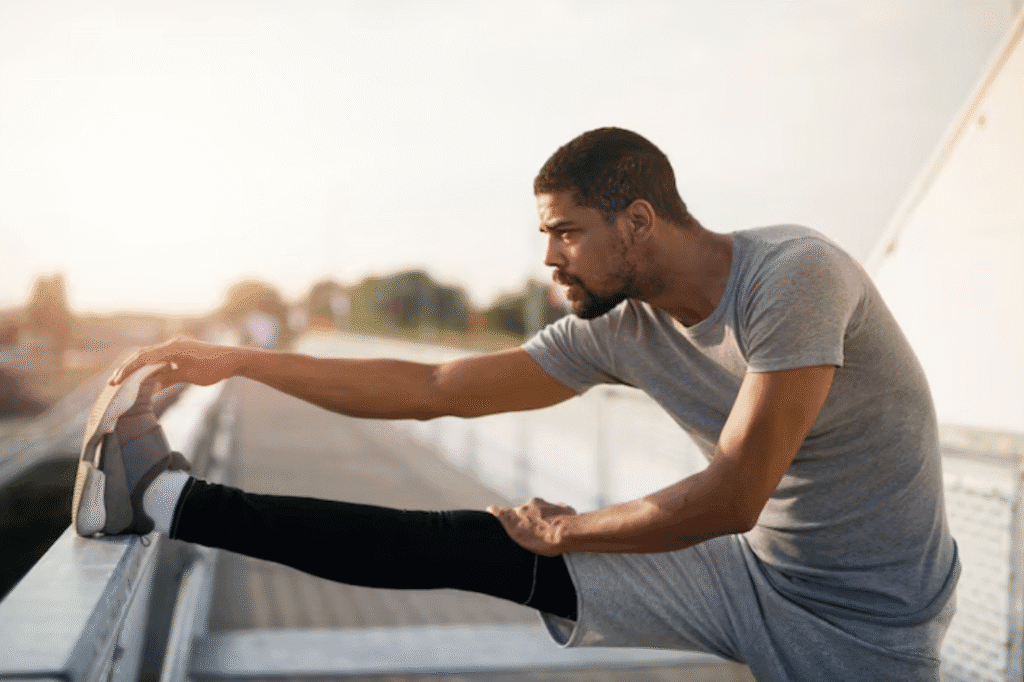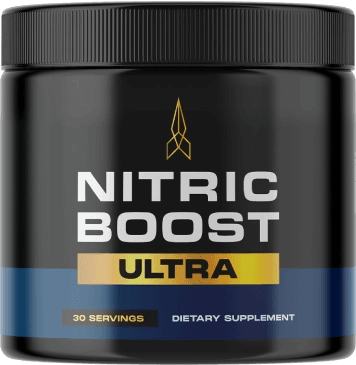Warming up before exercise and cooling down afterward are often overlooked parts of a workout. Yet, these simple steps play a crucial role in preventing injuries, improving performance, and aiding recovery.
This article explores why warm-ups and cool-downs matter and how to do them effectively.
🔥 Why Warm-Up?
A proper warm-up prepares your body and mind for the demands of exercise by:
- Gradually increasing heart rate and blood flow to muscles
- Raising muscle temperature, making them more elastic and less prone to strains
- Activating the nervous system for better coordination and reaction time
- Mentally focusing you on the workout ahead
🏃♂️ How to Warm-Up Effectively
1. General Warm-Up (5–10 minutes)
- Light cardio activities like walking, jogging, cycling, or jumping jacks
- Aim to raise your heart rate to about 50–60% of your max
2. Dynamic Stretching
- Controlled movements that mimic the exercises you’ll perform
- Examples: leg swings, arm circles, walking lunges, torso twists
- Avoid static stretching (holding a stretch) before intense activity—it can reduce muscle power temporarily
❄️ Why Cool-Down?
Cooling down helps your body return to its resting state, reducing muscle soreness and stiffness by:
- Gradually lowering heart rate and blood pressure
- Promoting circulation to clear metabolic waste like lactic acid
- Improving flexibility through static stretching
- Calming the nervous system and aiding mental relaxation
🧘♀️ How to Cool-Down Effectively
1. Light Aerobic Activity (5 minutes)
- Slow walking or gentle cycling to gradually lower heart rate
2. Static Stretching
- Hold stretches for 20–30 seconds targeting major muscle groups worked
- Focus on hamstrings, quadriceps, calves, chest, shoulders, and back
- Breathe deeply and relax into each stretch
⚠️ Common Mistakes to Avoid
- Skipping warm-ups or cool-downs entirely
- Doing static stretches before warming up
- Rushing through these phases
- Ignoring pain or tightness during warm-up or cool-down
✅ Final Thoughts
Warm-up and cool-down are simple, effective tools to protect your body and enhance workout quality. Investing 10–15 minutes in these phases can help you train longer, feel better, and reduce injury risk.




